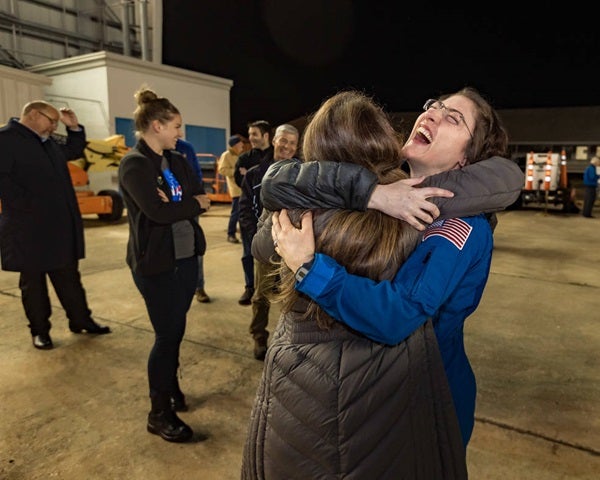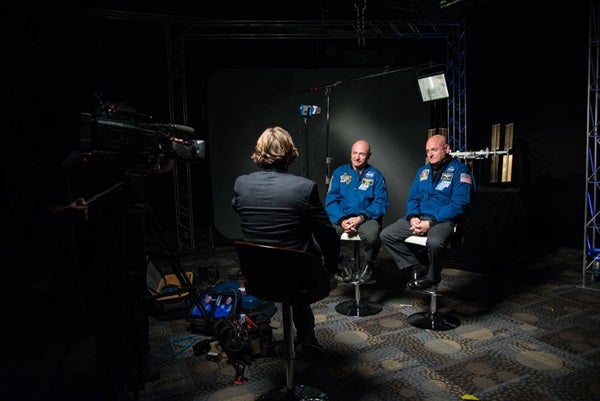Meanwhile, NASA astronaut Christina Koch just stepped back on the planet after 328 days on the International Space Station (ISS). Koch broke the record for the longest continual space flight for a woman during her ISS residency.
“After 328 days in space, the first six days back on Earth were full of just as much wonder and excitement,” said Koch in a press conference Thursday.
Koch landed in Kazakhstan on February 6 with European Space Agency astronaut Luca Parmitano and Russian cosmonaut Alexader Skvortskov. During her time on the ISS, Koch participated in a number of experiments, and even took the time to answer a few questions from Earth. But perhaps one of Koch’s most most important contributions was that she herself was the subject of study while in space.
As NASA gears up for the next generation of lunar missions and eventual Mars missions, studying how microgravity affects the body will be crucial as longer spaceflights could become the norm.

Get to know some of the key women who have overcome prejudice to make an impact in astronomy in our free downloadable eBook: Women in Astronomy.
Luckily for Koch, her journey back to Earth didn’t include any major health concerns so far.
“I feel great,” Koch said about six days after her return to Earth. She mentioned her balance was off for a little while and some of her muscles ached, but that’s to be expected upon returning to Earth’s gravity. But overall, she described it as a “pretty easy transition back.”
But this doesn’t happen to everyone. In 2016, NASA astronaut, Scott Kelly, returned to Earth after 340 days on the ISS. When he first came back, Scott frequently talked about how he had issues with swollen legs and walking for awhile after his return.
Scott, along with his identical twin, retired astronaut Mark Kelly, were the subjects of a study as Scott spent a year in space and Mark continued to live his life on Earth below. Because of their nearly identical genes, the twins were perfectly suited for a study about the affects of microgravity.
Research and scientific details about how the near-year of microgravity affected Koch are not yet available, but NASA intends to use her extended stay as a way to observe whether prolonged spaceflight will affect women differently than their male counterparts.
In the upcoming Artemis missions, NASA will be sending the first woman and next man to the Moon. Extended missions to the planned lunar orbiting space station, Gateway, will see both male and female astronauts in space for longer periods of time, and comprehensive studies of both men and women in microgravity situations will be critical for future exploration.
For now, Koch seems to be enjoying her time back on Spaceship Earth. She revealed during the press conference that she was excited to see her dog, a rescues she calls LBD or Little Brown Dog. She’s also taken a trip to the beach with her family and friends.
This time when she saw the ocean, she wasn’t floating above it 200 miles away in space.











